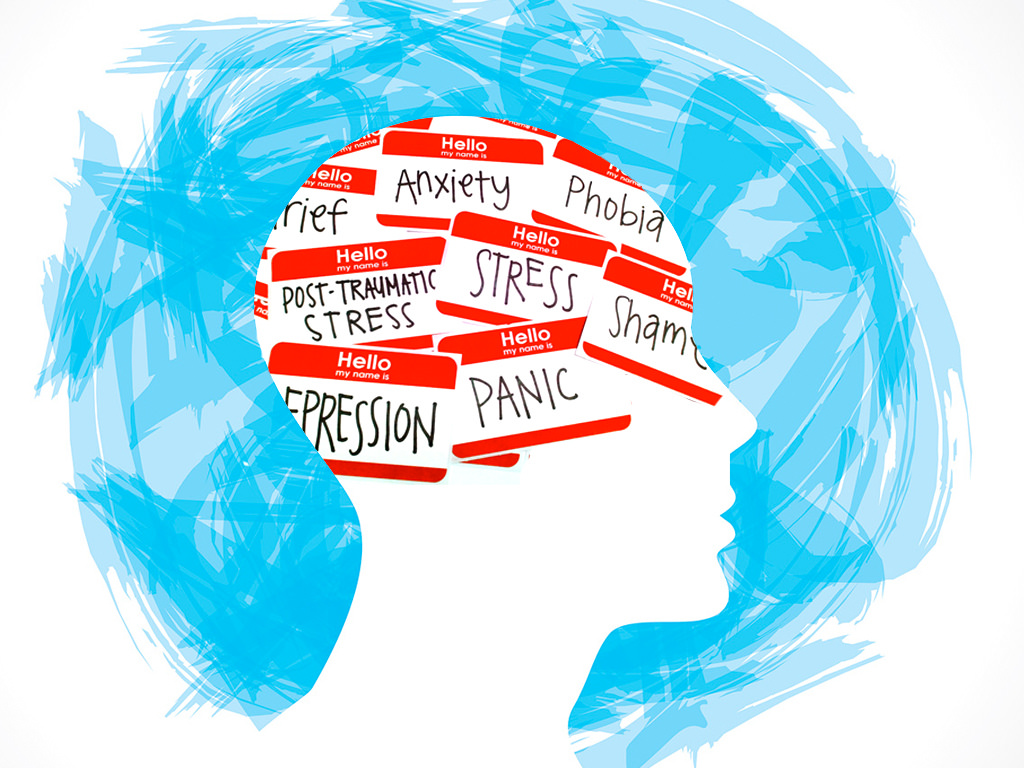When Was Running Invented is one of the most primal forms of human movement, deeply rooted in our evolutionary history. It serves as a critical survival skill, a form of transportation, and, in modern times, a competitive sport. But when was running “invented”? To answer this question, we must explore the origins of running, its evolution, and its significance throughout history.
The Origins of Running
Evolutionary Beginnings
The story of running begins with our ancestors. Homo erectus, who lived approximately 1.9 million years ago, is believed to have developed the ability to run long distances. This adaptation likely played a crucial role in hunting and gathering. The theory of endurance running suggests that humans evolved to run efficiently over long distances, which helped early humans chase down prey and evade predators.
The Anatomy of a Runner
Several physical adaptations support this theory. The structure of the human foot, including an arch that absorbs shock, the alignment of our legs, and our ability to sweat effectively, all contribute to our capacity for long-distance running. These anatomical features indicate that running was not just a skill but a necessary survival tactic for early humans.
The Historical Context of Running
Running in Ancient Civilizations
Running has a rich history that can be traced back to ancient civilizations. The earliest recorded evidence of running as a sport comes from the Ancient Greeks. The Olympic Games, first held in 776 BCE, featured running events, including the stadion, a sprint of roughly 192 meters. This marked the formalization of running as a competitive sport.
The Role of Running in Other Cultures
Beyond Greece, running held significance in various cultures. In Mesoamerica, the Maya and Aztec civilizations engaged in running as part of religious rituals and competitive games. The Inca used runners as messengers across their vast empire, demonstrating the importance of speed in communication and logistics.
Running in Indigenous Cultures
Many indigenous cultures have long traditions of running. For instance, the Tarahumara people of Mexico are known for their incredible long-distance running abilities. They use running as a means of transportation and participate in long-distance races as a community activity, showcasing running’s enduring significance in human culture.
The Evolution of Running as a Sport
The Modern Era of Running
The modern sport of running began to take shape in the 19th century. The first modern Olympics in 1896 featured various running events, which helped popularize the sport. Running clubs began to emerge, and with them, the establishment of rules, training regimens, and competitive events.
The Rise of Long-Distance Events
As the 20th century progressed, long-distance running gained popularity. The introduction of the marathon, inspired by the legend of Pheidippides, became a celebrated event. The marathon’s revival in the 1896 Olympics sparked a worldwide interest in distance running, leading to the establishment of numerous races and events globally.
https://artem.dis.uj.edu.pl/twiki//bin/view/Sandbox/AlcoholRehabinArizona
The Impact of Technology and Training
Advancements in training techniques and running technology have further transformed the sport. The introduction of performance-enhancing gear, such as lightweight running shoes, has significantly improved athletes’ performance. Moreover, modern training methods focus on endurance, speed, and recovery, enabling runners to achieve remarkable feats.
Running Today
Running as a Popular Activity
Today, running is more than just a competitive sport; it is a popular recreational activity enjoyed by millions around the world. Park runs, charity races, and marathons attract participants of all ages and skill levels. This widespread popularity is a testament to running’s accessibility and the joy it brings to people’s lives.
The Health Benefits of Running
Running offers numerous health benefits, including improved cardiovascular fitness, enhanced mood, and weight management. The simplicity of running—requiring minimal equipment and space—makes it an appealing choice for many seeking an effective form of exercise.
The Rise of Ultra-Marathons
In recent years, ultra-marathons have gained traction among serious runners. These races, which exceed the traditional marathon distance of 26.2 miles, challenge the limits of human endurance and attract a dedicated community of athletes. Events like the Western States 100 and the Badwater Ultramarathon showcase the extreme nature of running today.
Running and Technology
The Role of Wearable Technology
The advent of wearable technology has revolutionized how runners train and monitor their progress. Devices such as fitness trackers and smartwatches provide real-time data on distance, pace, heart rate, and calories burned. This technology empowers runners to set goals, track their performance, and stay motivated.
Online Communities and Resources
The internet has also transformed the running community. Online platforms and social media have enabled runners to connect, share experiences, and access a wealth of resources. From training plans to nutritional advice, runners can find the support and information they need to enhance their performance.
The Cultural Significance of Running
Running as a Form of Expression
Running transcends mere physical activity; it often serves as a form of expression and personal achievement. Many runners cite the mental and emotional benefits of running, finding clarity and peace during their runs. The sport can also act as a medium for social change, as seen in events that raise awareness for various causes.
The Global Nature of Running
Running is a global phenomenon, transcending borders and cultures. Events like the New York City Marathon and the London Marathon attract participants from all over the world, highlighting the universal appeal of running. This global nature fosters a sense of community among runners, regardless of their backgrounds.
The Future of Running
Innovations on the Horizon
As we look to the future, running will continue to evolve. Innovations in training, technology, and sustainability will shape the next generation of runners. From eco-friendly running gear to advanced training algorithms, the landscape of running will adapt to meet the changing needs of athletes and enthusiasts.
Emphasizing Inclusivity
An increasing emphasis on inclusivity in running is also emerging. Organizations are working to make running accessible to people of all abilities, ensuring that everyone can participate in this beloved activity. Initiatives such as adaptive running programs and community races aim to break down barriers and foster a more inclusive environment.
Conclusion
So, when was running “invented”? While it cannot be pinpointed to a specific moment, running as a fundamental human activity has been an integral part of our evolution for millions of years. From its origins in survival to its modern status as a popular sport, running has shaped cultures and communities across the globe. As we continue to explore the many dimensions of running, it remains a testament to our innate drive to move, connect, and strive for greatness.










